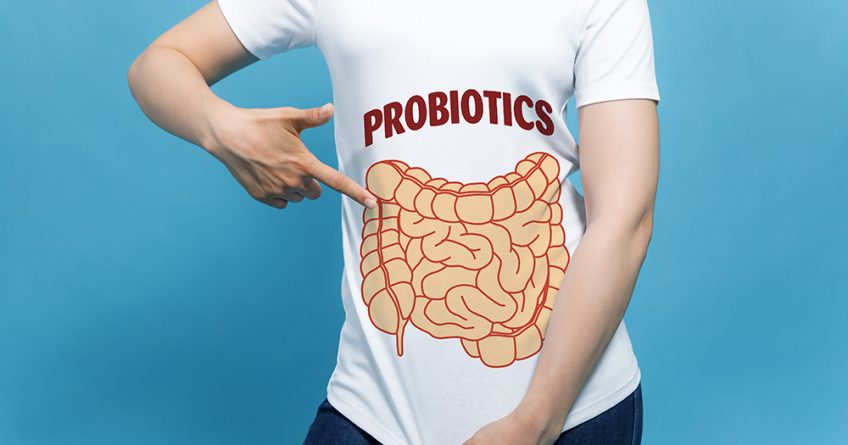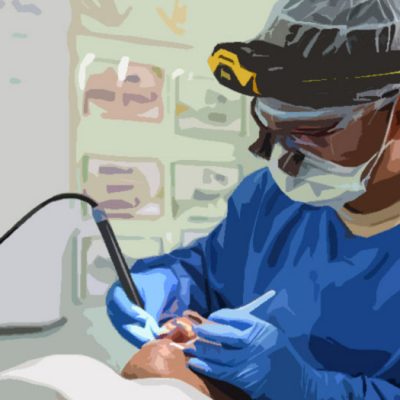I’m often asked what’s the best thing I can do for myself to ward off infection during the cold and flu season? While cultivating gut bacteria is my eventual main answer, my knee jerk response is that the question assumes a simplistic reply. In reality, there are many fronts on which an individual should pay attention when enhancing their immunity and fighting infection.
Rarely however do people want the full gamut of possibilities for protection. So, rather than elicit the “deer caught in the headlight gaze” by providing a long drawn out response, I generally choose to educate people as to their lines of immune defense and how to enhance them.
The Body’s Defences
Our bodies are miraculous creations for so many reasons, including the fact that they have so much built in redundancy. In terms of immune response, we are onion-like in that we have layers.
Our likelihood of getting an infection depends on the status of our immune response. This explains why one person in a house can be sick and even though others are exposed to the “bug” they may or may not contract the illness. The stronger your immune response, the less likely it is you will get sick.
First defence: skin barrier
In terms of layers, our skin is our first immune barrier. This was realized at the turn of the last century when personal hygiene took a huge leap and people began to wash their hands and bodies frequently. Not only did the incidence of infection decrease but people actually began to live longer! By the way this still works today so wash your hands frequently!
Second defence: gut flora
Well, if a “bug” makes it through our first layer (our skin) it will then come in contact with our second most common line of defense, our gut flora.
A healthy gastro-intestinal tract should have approximately 1.5 – 2.5 kg of live friendly bacteria at any given time. These organisms not only help us digest food but also attack unfriendly organisms that may have found their way into our bodies by way of our nose or mouth.
As infants, an organism called bifidobacteria bifidum is the predominant strain to exist in the gut. As we get older, another more familiar strain takes over called lactobacillus acidophilus. In all, we house hundreds of strains of bacteria but I will only touch on the most common and easy to obtain.
Bacterial Flora in the Gut

Bacterial flora is highly active, some species replicating every 20 minutes. The large intestine houses the greatest number and the widest assortment. The bacteria called Lactobacillus acidophilus guard your small intestine, while Bifidobacteria protect your large intestine. Lactobacillus bulgaricum is a travelling transient bacteria that aids the other two as it passes through your body. These three major guardians live and work inside your intestinal tract.
These hard working bacteria keep us healthy by:
- increasing the absorption of minerals and vitamins and improving digestion, especially of milk products (lactose intolerance). Our food or vitamins are only useful if they are properly absorbed and digested.
- improving our immune system by producing antimicrobial substances that deter various bad bacteria. This is important because many debilitating and degenerative diseases begin in the intestinal tract.
- increasing absorption of calcium. Important in the prevention of osteoporosis
- producing B vitamins
- supporting healthy liver function
- normalising bowel elimination problems and promoting regularity
- preventing intestinal tract infections like Candida and Helicobacter Pylori (present in stomach ulcer condition)
- alleviating bowel wind, bloating and belching
- assisting in cholesterol management
- protecting us against harmful bacteria, fungi and viruses.
When harmful bad bacteria invade us, they can take up residence on the lining of our intestinal tract. They take over the home that should belong to our beneficial bacteria. They multiply and spread taking over more and more intestinal area. This leads to a loss of the good bacteria.
Initially there may be only a few symptoms that you may think are minor, symptoms that we presume everyone else has too like bloating, indigestion, constipation, diarrhea, etc. Then the symptoms continue, and start to occur most days and we get used to them being there. Clearly there is now a shortage of beneficial bacteria – a probiotic (good bacteria) deficiency.
Replenishing Good Bacteria

It is important to replace the beneficial bacteria and know how to encourage their growth, while minimizing the expansion of the unfriendly ones.
As the seasons change we are exposed to mutating strains of bacteria and viruses in the environment. This is a good time for use of probiotics in the diet.
Many of the germs in our air, food, and water have become antibiotic-resistant “super bacteria”. Various factors in today’s stressful world contribute to the loss of good bacteria in the body. Some microorganisms like bacteria, fungi and viruses that we encounter daily are not only unfriendly, they are very harmful.
For this reason, you must bring back the beneficial bacteria to the gut lining by supplementing every time you use antibiotics and ideally for several weeks during seasonal changes to boost your own gut function and immune response. Three products that I know to be of a reliable quality are Ultra Flora Plus from Metagenics, Culturelle and Trenevs Trio from Natren.
People often ask why can’t they just eat yogurt for bacteria and my reply is that they can. However, if you’re hoping to get therapeutic doses of flora from yoghurt, you’re dreaming.
The products that I mentioned above are designed to provide standardized mega-doses of good bacteria and they are guaranteed to get to the location in the intestines they are most likely to thrive in. To get that much good bacteria from yoghurt would be extremely difficult on a regular basis simply because most yoghurts on the market have insufficient numbers of active cultures present in their products.
So, in terms of helping your overall health, next to personal hygiene and hydration, addressing your gut bacteria is probably the number one candidate for getting the most bang for the buck.









